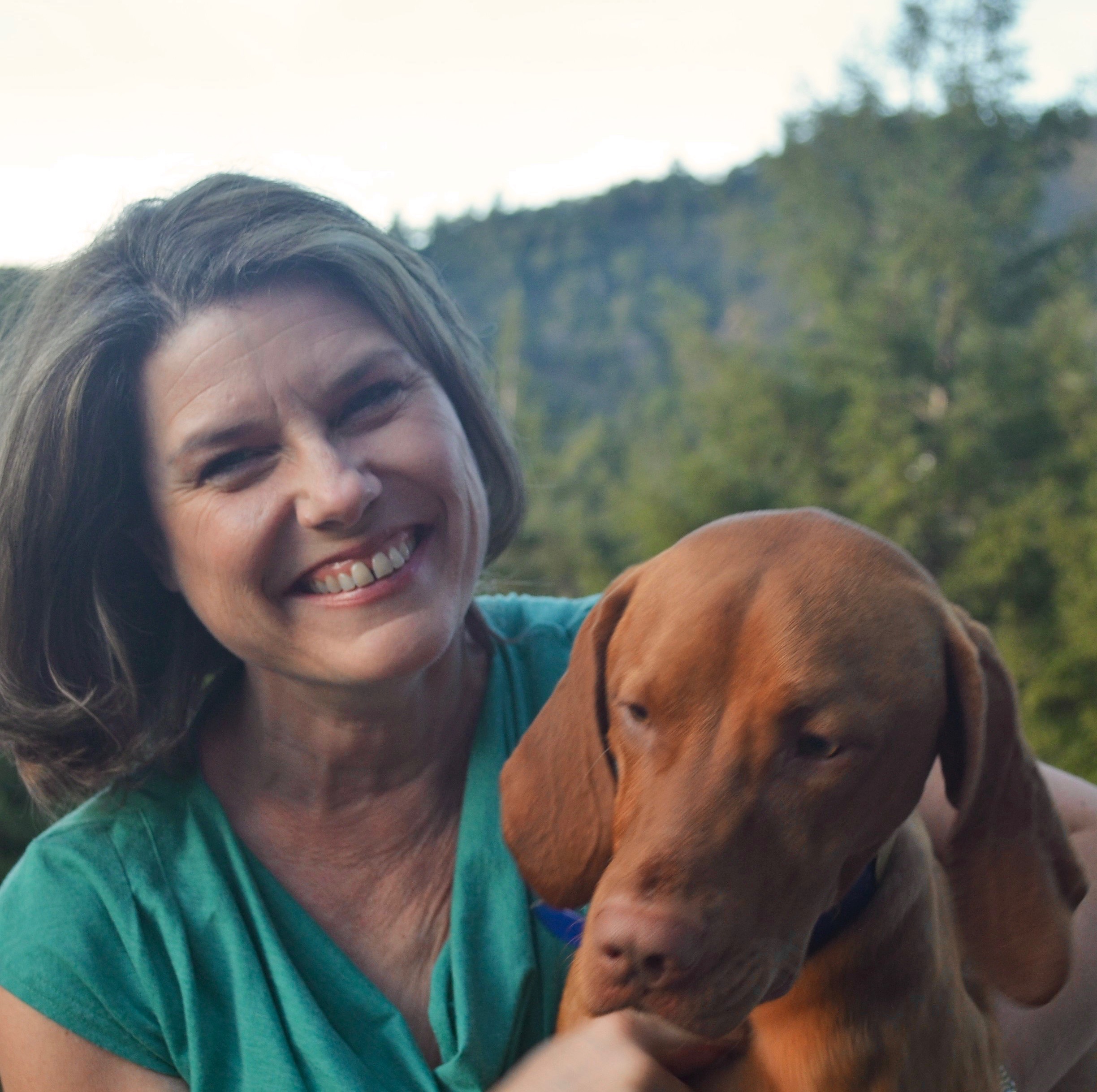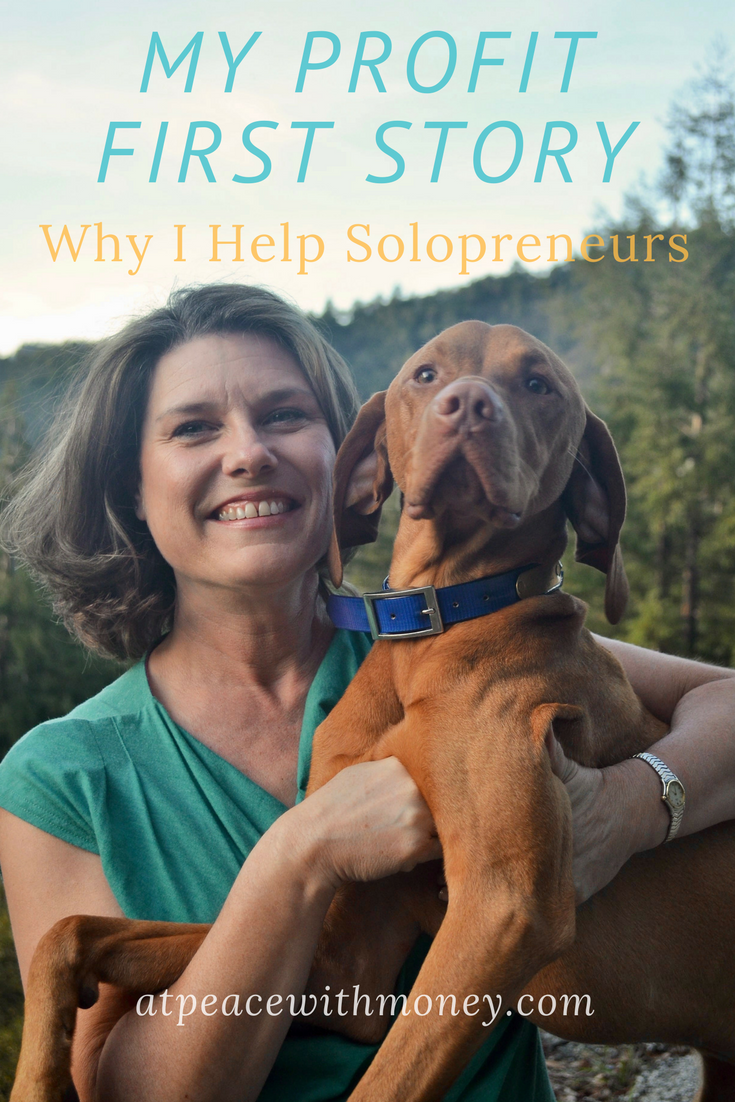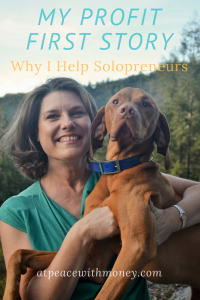How To Pay Yourself First
 I use the hashtag #PayYourselfFirst all the time, but what does it really mean to pay yourself first? It’s a core aspect of Profit First philosophy. It’s also an important part of how I organize my own personal finances. I want to make sure all my readers know how to pay themselves first, in their business and personal finances, so let’s dive in.
I use the hashtag #PayYourselfFirst all the time, but what does it really mean to pay yourself first? It’s a core aspect of Profit First philosophy. It’s also an important part of how I organize my own personal finances. I want to make sure all my readers know how to pay themselves first, in their business and personal finances, so let’s dive in.
Keep What You Earn
“Paying yourself first” is about having a system in place to make sure that you get to keep a portion of your earnings. In my last post on automation, I talked about David Bach’s book, The Automatic Millionaire. Bach includes the concept of paying yourself first in this book and applies it to personal finances. He suggests setting aside savings right off the top of every paycheck, even before breaking it down for living expenses. Users of this system do quite literally pay themselves first! In his system, the money goes to retirement savings accounts, but the system can be adjusted in both business and personal finances to fit your own needs. Taking a cut for yourself from each paycheck is and important but easily forgotten practice.
Beyond Corporate
So, how does this apply to solopreneurs? If you’re working outside the corporate world, you’re probably working without health and retirement benefits. This is all the more reason to set up a system to take care of these needs. Setting aside money to address health and retirement costs is important for many people, but especially so if your main source of funding for both is your own business.
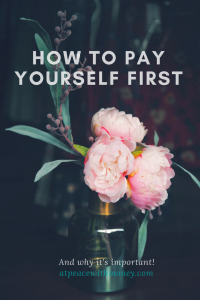
I always say I want to help my clients work with the Profit First system to align their business profits with their life goals, and I assume one of those goals is to support yourself in your health and retirement! Every financial aspect of your business can be set up with this in mind. Your products should be priced appropriately so that you earn something for yourself, rather than just simply covering costs. A part of that money should be invested into your future and your healthcare fund. This is the Profit First system at its core. This is what I want to help solopreneurs work towards with their businesses.
Take a look at your personal and business money systems and ask yourself, do you pay yourself first? Are you setting aside money to support and reward yourself? If you’re interested in more on this topic, I highly suggest downloading the first 5 chapters of the Profit First book through my website.
☮
Angela
Image Sources: Alisa Anton, zixuan Fu


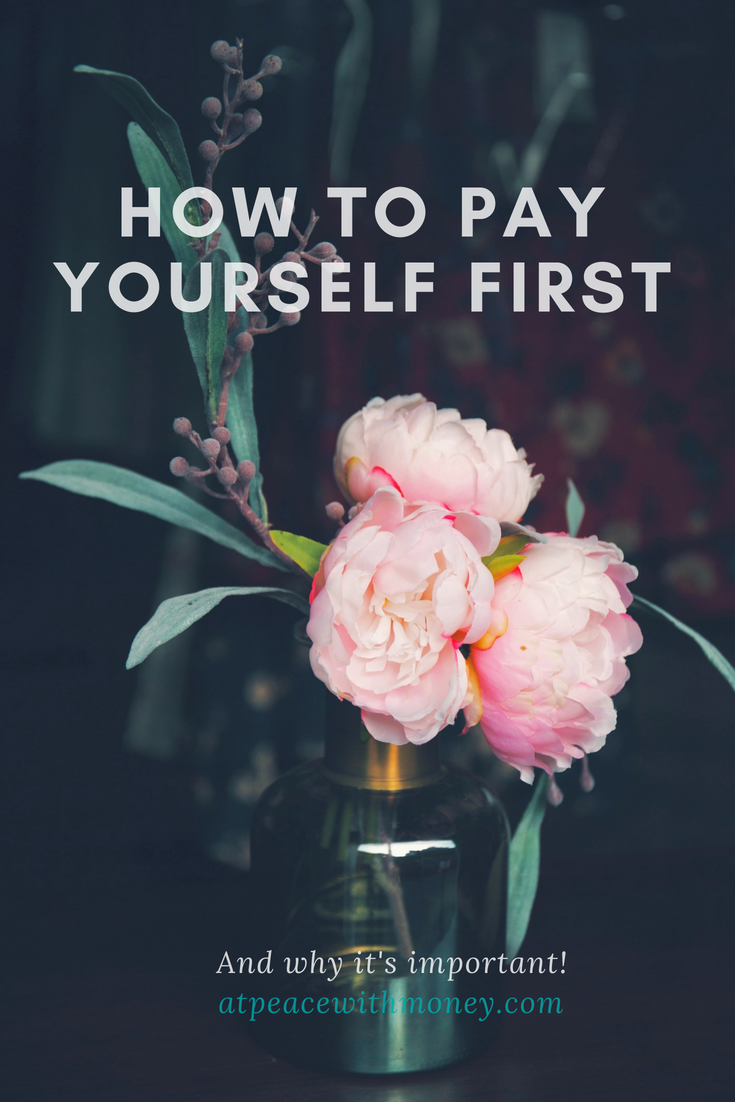
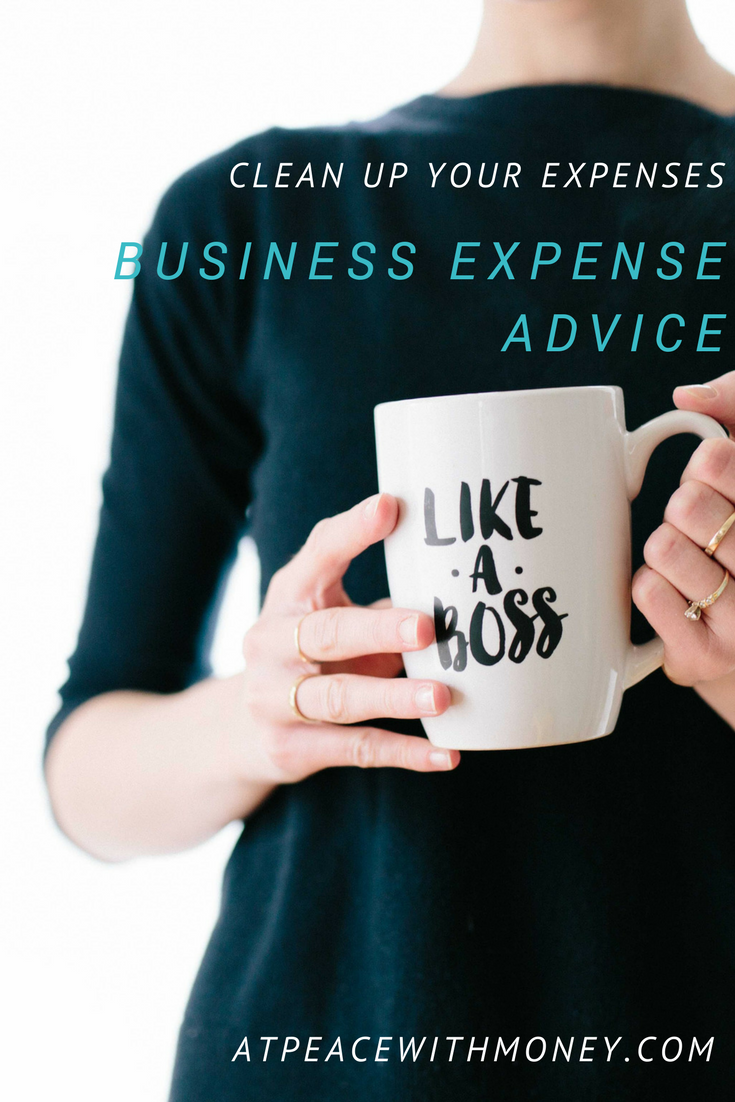
 Recognizing this may mean we need to reexamine our approach with expenses in general. When making a purchase, it’s important to a
Recognizing this may mean we need to reexamine our approach with expenses in general. When making a purchase, it’s important to a

 Clearly, this particular business owner was using the GAAP (Generally Accepted Accounting Principles) Formula, rather than
Clearly, this particular business owner was using the GAAP (Generally Accepted Accounting Principles) Formula, rather than 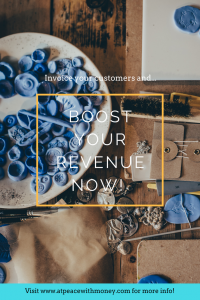 You need to be the one following up to get paid. If you truly don’t like this part of your business, ask yourself why. After all, you started a business to make an income, you are offering a product you believe in, and your customer benefits from your product. You deserve to be compensated!
You need to be the one following up to get paid. If you truly don’t like this part of your business, ask yourself why. After all, you started a business to make an income, you are offering a product you believe in, and your customer benefits from your product. You deserve to be compensated! 